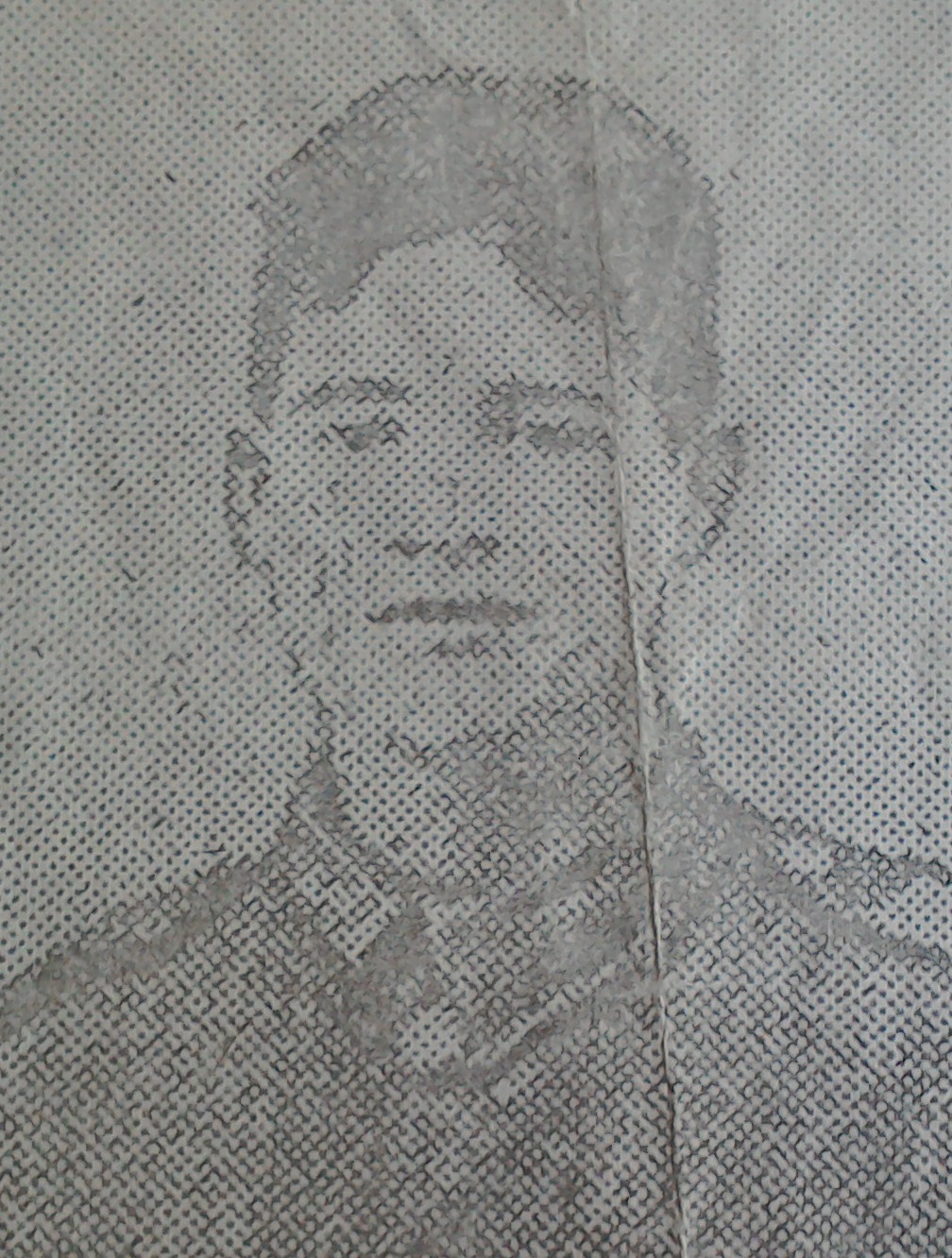Pte
William Henry Corrigan
Informatie over geboorte
|
Geboortejaar: 1898 |
|
Geboorteplaats: Shankill, Belfast, County Antrim, Ierland, Verenigd Koninkrijk |
Algemene Informatie
|
Laatst gekende woonplaats: 63 Canmore Street, Woodvale, Belfast, Antrim, Ierland, Verenigd Koninkrijk |
|
Beroep: Bobijner |
|
Geloof: Methodist |
Informatie legerdienst
|
Land: Ierland, Verenigd Koninkrijk |
|
Strijdmacht: British Expeditionary Force |
|
Rang: Private |
|
Service nummer: 26306 |
|
Dienstneming plaats: Belfast, Antrim, Ierland, Verenigd Koninkrijk |
|
Eenheden: — Royal Inniskilling Fusiliers, 7th Bn. (Laatst gekende eenheid) |
Informatie over overlijden
|
Datum van overlijden: 16/08/1917 |
|
Plaats van overlijden: Delva Farm, Zonnebeke, België |
|
Doodsoorzaak: Killed in action (K.I.A.) |
|
Leeftijd: 19 |
Gedenkplaats
|
Tyne Cot Memorial Paneel: 70 |
Onderscheidingen en medailles 2
|
British War Medal Medaille — 30/09/1920 |
|
Victory Medal Medaille — 30/09/1920 |
Points of interest 4
| #1 | Geboorteplaats | ||
| #2 | Laatst gekende woonplaats | ||
| #3 | Dienstneming plaats | ||
| #4 | Plaats van overlijden (bij benadering) |
Mijn verhaal
William Henry Corrigan werd in 1898 geboren in Shankill, een wijk in Belfast, Noord-Ierland. Hij was de zoon van Mary Ann Shane en de stiefzoon van John Shane. Volgens de volkstelling van 1911 werkte William als parttime doffer, wat betekent dat hij zijn tijd verdeelde tussen werken in de textielindustrie en het volgen van een opleiding. Hij meldde zich aan in Belfast en diende ten tijde van de Slag om Passendale bij de Royal Inskilling Fusiliers, 7th Battalion, onderdeel van de 49th Brigade, van de 16th Division.
Van 16 tot 18 augustus 1917 was het 7de Bataljon betrokken bij de Slag om Langemarck, het tweede grote treffen tussen Duitse en Britse troepen in de Derde Slag om Ieper. Op de ochtend van 16 augustus 1917 viel de 49ste Brigade aan vanaf de heuvelrug van Frezenberg met het 7de Bataljon links en het 8ste Bataljon rechts. De bataljons slaagden er een uur na de gevechten in Beck House veilig te stellen en hadden minimale verliezen geleden door aan Duitse beschietingen te ontsnappen. Terwijl het 8ste Bataljon naar Borry Farm draaide, gingen de 7de Inniskillings verder naar het bolwerk van Delva Farm. William's Bataljon nam de positie in handen, maar een Duitse tegenaanval flankeerde het 7de Bataljon en dwong hen zich terug te trekken van Delva Farm, met achterlating van doden en zwaargewonden.
De 19-jarige soldaat William Corrigan was één van de 368 slachtoffers van het 7de Bataljon Inniskilling Fusiliers op 16 augustus 1917. Hij raakte vermist tijdens de gevechten. William heeft geen bekend graf en wordt herdacht op het Tyne Cot Memorial.
Van 16 tot 18 augustus 1917 was het 7de Bataljon betrokken bij de Slag om Langemarck, het tweede grote treffen tussen Duitse en Britse troepen in de Derde Slag om Ieper. Op de ochtend van 16 augustus 1917 viel de 49ste Brigade aan vanaf de heuvelrug van Frezenberg met het 7de Bataljon links en het 8ste Bataljon rechts. De bataljons slaagden er een uur na de gevechten in Beck House veilig te stellen en hadden minimale verliezen geleden door aan Duitse beschietingen te ontsnappen. Terwijl het 8ste Bataljon naar Borry Farm draaide, gingen de 7de Inniskillings verder naar het bolwerk van Delva Farm. William's Bataljon nam de positie in handen, maar een Duitse tegenaanval flankeerde het 7de Bataljon en dwong hen zich terug te trekken van Delva Farm, met achterlating van doden en zwaargewonden.
De 19-jarige soldaat William Corrigan was één van de 368 slachtoffers van het 7de Bataljon Inniskilling Fusiliers op 16 augustus 1917. Hij raakte vermist tijdens de gevechten. William heeft geen bekend graf en wordt herdacht op het Tyne Cot Memorial.
Bronnen 6
|
7 Royal Inniskilling Fusiliers (The National Archives, Kew (TNA), British Army war diaries 1914-1922, WO WO 95/1977/2). https://www.nationalarchives.gov.uk/ Verdere verwijzing |
|
British Army World War I Medal Rolls Index Cards, 1914-1920 (The National Archives, Kew (TNA), WO 372/5/32186). https://www.nationalarchives.gov.uk/ Gebruikte bronnen |
|
Census of Ireland 1901/1911 (The National Archives of Ireland, Dublin (NAI)). https://www.nationalarchives.ie/ Gebruikte bronnen |
|
Fox Frank, The Royal Inniskilling Fusiliers in the World War , ( London, Constable&Company Ltd., 1928), 99-102. Gebruikte bronnen |
|
McCarthy, Chris. Passchendaele: the Day-by-Day Account. (Londen: Unicorn Publishing Group, 2018), 52-53. Gebruikte bronnen |
|
Soldier' Effects Records (National Army Museum, Chelsea (NAM) 1901-60; NAM Accession Number: 1991-02-333). https://www.nam.ac.uk/ Gebruikte bronnen |
Meer informatie 3
|
Commonwealth War Graves Commission Database https://www.cwgc.org/find-records/find-war-dead/casualty-details/841412 |
|
Lives of the First World War (Imperial War Museum) https://livesofthefirstworldwar.iwm.org.uk/lifestory/966999 |
|
Namenlijst (In Flanders Fields Museum) https://namenlijst.org/publicsearch/#/person/_id=e223ace3-8445-4998-9d7b-96f135fc944b |
